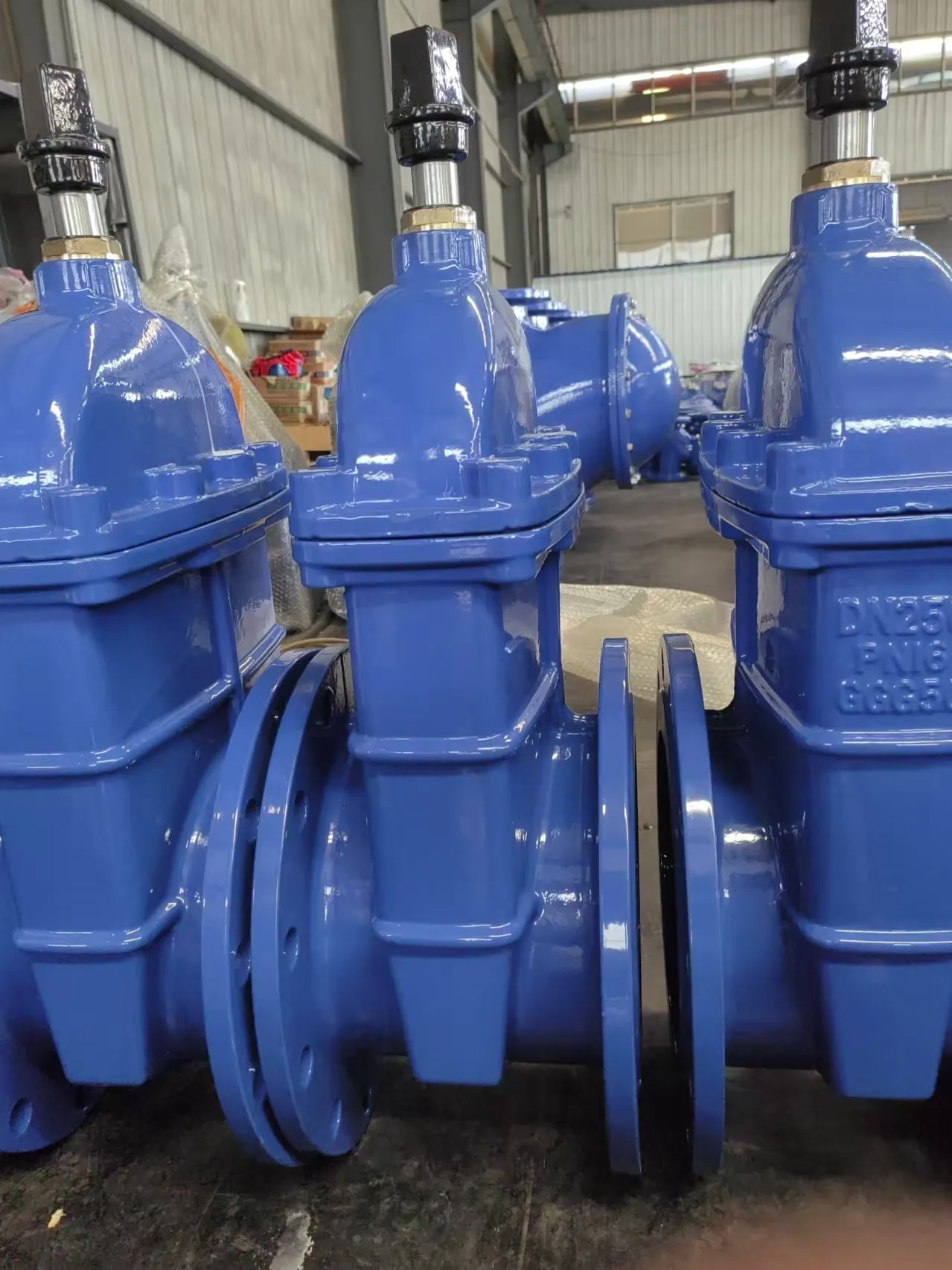butterfly valve dn 150
Understanding Butterfly Valves DN 150 Specification
Butterfly valves play a crucial role in various industrial processes, particularly in controlling the flow of fluids in pipelines. Among the various specifications available, the DN 150 butterfly valve stands out due to its optimal size and efficiency for various applications. In this article, we will explore the features, benefits, applications, and maintenance of DN 150 butterfly valves.
What is a Butterfly Valve?
A butterfly valve is a type of quarter-turn valve that consists of a circular disc or plate attached to a rotating shaft. The operation of the valve is relatively simple when the shaft is turned, the disc rotates and either blocks or allows the flow of the fluid through the pipeline. This design offers several advantages such as lightweight structure, compact design, and quick operation, making it an ideal choice for many industrial applications.
Specification DN 150
The term DN stands for Diameter nominal which refers to the nominal diameter of the valve in millimeters. Therefore, a DN 150 butterfly valve has a nominal diameter of 150 mm, corresponding to approximately 6 inches. This size is commonly used in water supply, wastewater treatment, and various industrial processes where mid-level flow control is required.
Features of DN 150 Butterfly Valves
1. Design Versatility DN 150 butterfly valves come in different types of designs, including lugged, wafer, and flanged configurations, allowing for seamless integration into a variety of piping systems.
2. Material Choices These valves can be made from several materials including ductile iron, stainless steel, and PVC. The choice of material depends on the fluid being handled and the environmental conditions.
3. Efficient Flow Control The design of butterfly valves allows for precise control of flow rates. This feature is particularly useful in applications that demand consistent flow regulation.
4. Reduced Pressure Drop Due to their design, butterfly valves usually exhibit a lower pressure drop compared to other valve types, which can enhance system efficiency and energy savings.
Applications of DN 150 Butterfly Valves
butterfly valve dn 150

The DN 150 butterfly valve is widely used in multiple applications due to its reliability and performance
. Some primary applications include- Water Supply and Distribution These valves are employed in municipal water systems to regulate the flow and pressure in pipelines, enhancing the control over water distribution.
- Wastewater Treatment In sewage and wastewater plants, DN 150 butterfly valves help manage the flow of wastewater, facilitating proper treatment processes.
- Industrial Processes Various industries utilize butterfly valves for controlling flow in chemical processing, food and beverage, and HVAC systems.
Maintenance of DN 150 Butterfly Valves
Maintaining butterfly valves is crucial to ensure their longevity and optimal performance. Here are some essential maintenance tips
1. Regular Inspection Periodically check the valve for signs of wear, corrosion, or leakage. Inspect seals and gaskets to ensure they are in good condition.
2. Lubrication Depending on the design, ensure proper lubrication of the valve’s stem and shaft to prevent sticking and ensure smooth operation.
3. Cleaning Regularly clean the valve exterior and interior to remove debris and sediment that can hinder performance.
4. Functional Testing Conduct regular functional tests to ensure that the valve operates smoothly and responds accurately to control signals.
Conclusion
The DN 150 butterfly valve is an essential component for any pipeline system that requires efficient flow control. Its compact design, various material options, and ease of operation make it a preferred choice in many industries. By understanding its features, applications, and maintenance requirements, operators can ensure the optimal performance and durability of these valves. Investing in high-quality butterfly valves and adhering to maintenance schedules is key to enhancing the efficiency and reliability of fluid handling systems.
-
The Smarter Choice for Pedestrian AreasNewsJun.30,2025
-
The Gold Standard in Round Drain CoversNewsJun.30,2025
-
The Gold Standard in Manhole Cover SystemsNewsJun.30,2025
-
Superior Drainage Solutions with Premium Gully GratesNewsJun.30,2025
-
Superior Drainage Solutions for Global InfrastructureNewsJun.30,2025
-
Square Manhole Solutions for Modern InfrastructureNewsJun.30,2025
-
Premium Manhole Covers for Modern InfrastructureNewsJun.30,2025
